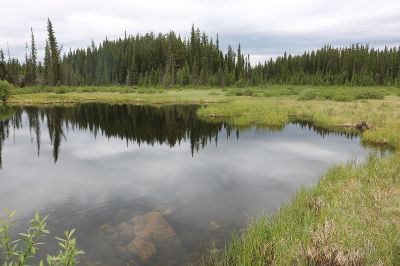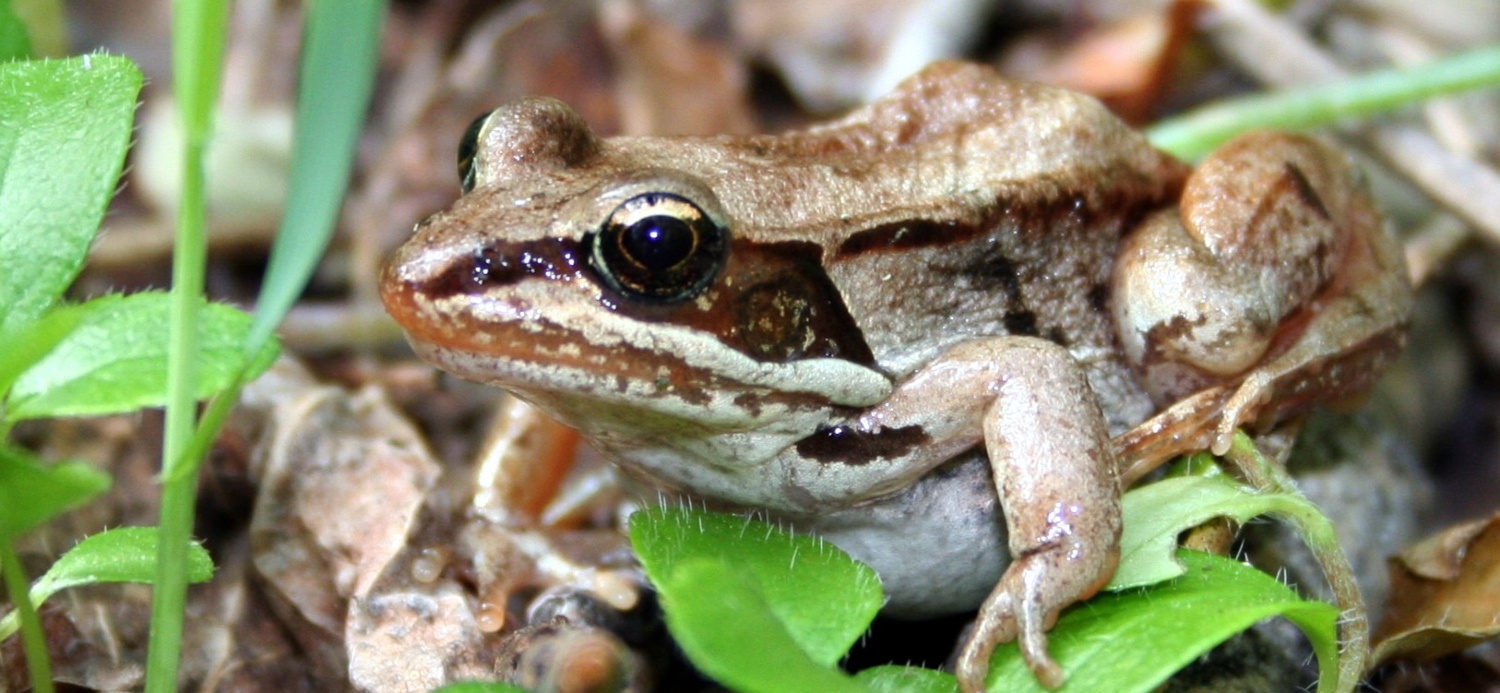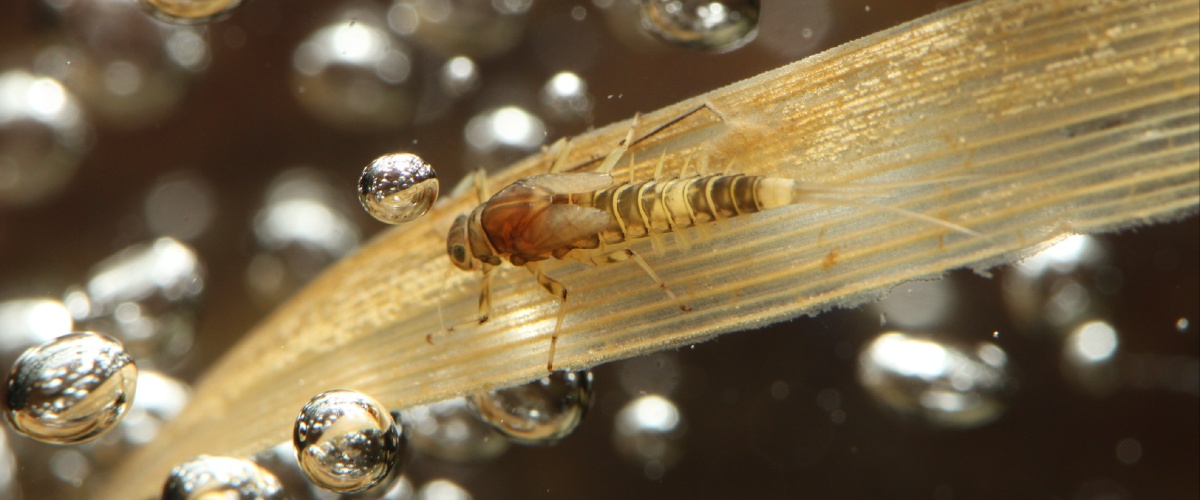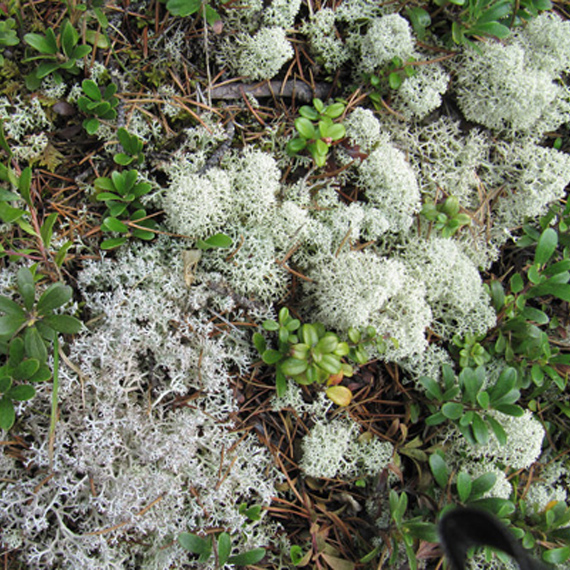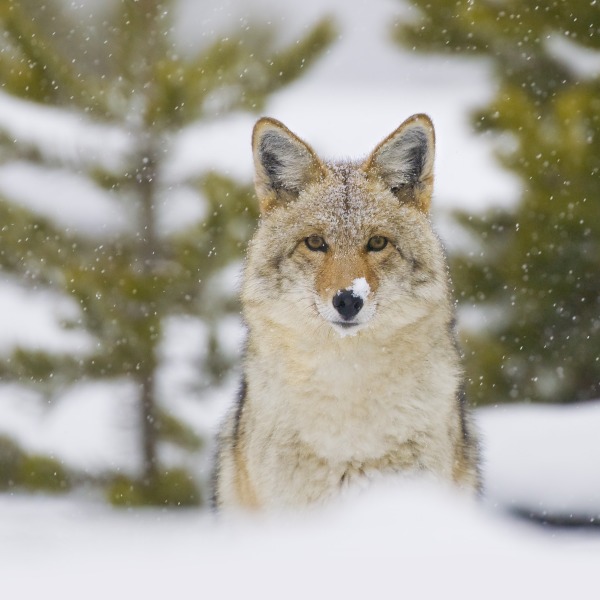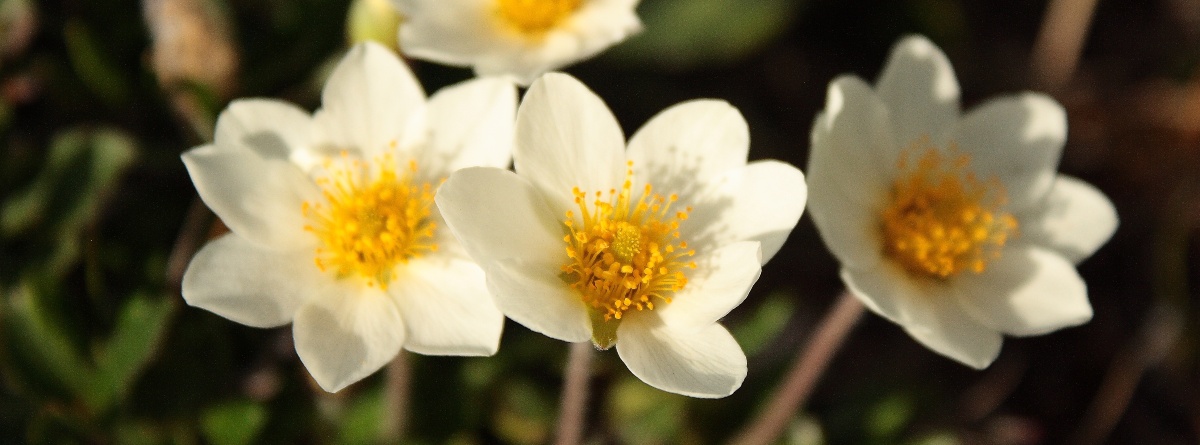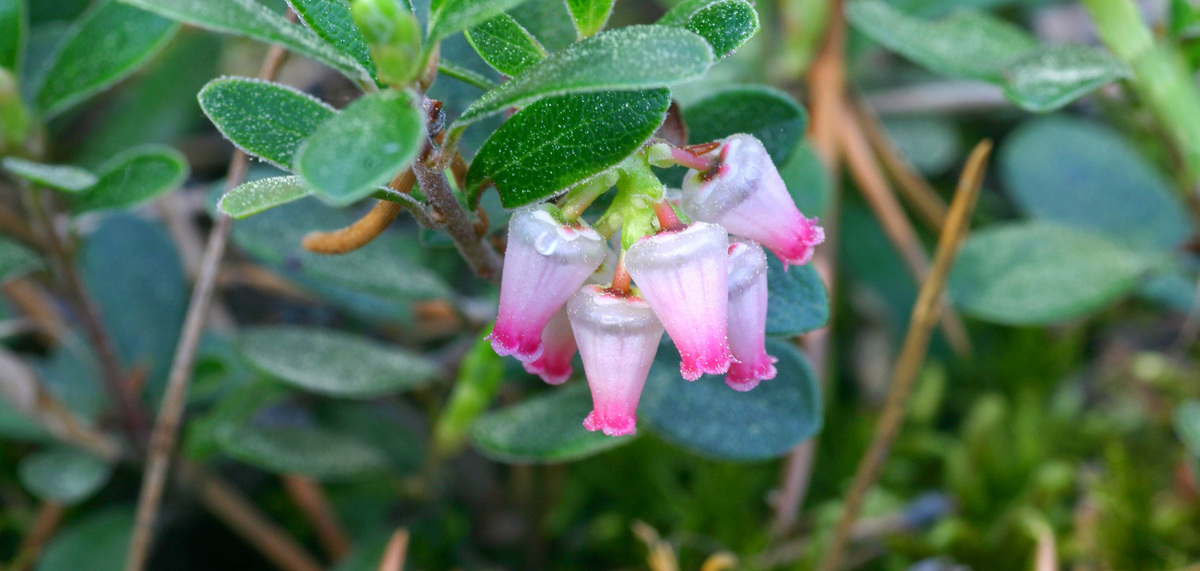
Birds
There are 433 species of birds that are known to occur or have occurred historically in Alberta. We collaborate with multiple groups including the Bioacoustic Unit and Boreal Avian Monitoring Project to monitor birds across the province using autonomous recordings units (ARUs). So far, we have collected data on 270 species of birds across the province.
To effectively manage our environment, we must monitor multiple aspects of an ecosystem. The plants, animals, water, and landscape all offer unique information. However, birds hold a special place in many people’s hearts. These species are key for dispersing seeds and managing insect populations, while also acting as indicators of environmental health.
Birds are one of the most visible forms of wildlife in Alberta. Learn more about them in the ABMI's Biodiversity Browser and access our monitoring data and analysis.

Yellow-throated Blackbird
Birds of a Feather
Birds hold a special place in many people’s hearts. These species are key for dispersing seeds and managing insect populations, while also acting as indicators of environmental health.
Listening and Learning
We monitor birds in all the unique habitats that exist in our province. At each location, we deploy several ARUs that record at set intervals throughout the day and retrieve them after several months of activity. Experienced birders listen to the recordings and figure out who was where when.
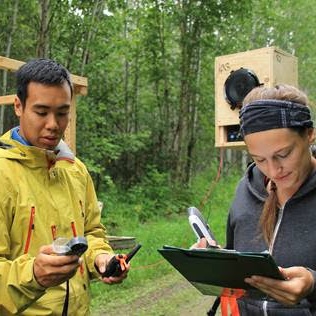
Workflow – Life of a Collection
Many birders have a set of favourite locations they visit depending on the season or species they wish to observe. As enjoyable as it is to revisit these special spots, this type of sampling doesn’t lead to effective provincial monitoring.
At the ABMI, we monitor a systematic grid of 1,656 sites that are evenly distributed across the province. This allows us to monitor all the unique habitats that exist in our province. At each location, we deploy several ARUs, that record at set intervals throughout the day and retrieve them after several months of activity. This approach has two key benefits:
1) The recording can be reviewed multiple times to ensure proper species identification; and
2) This extended sampling effort increases the probability of detecting a species.
All of our recordings are uploaded to our WildTrax platform where they are heard by trained technicians. For each recording, the technicians track information about species identification, when a species vocalized, if one or many individuals were calling, the type of vocalization (e.g., song, call), and the confidence in their identification. This allows us to better control the quality of our data compared to observations made in the field.
These observations are essential for us to develop our species-habitat models. Our models allow us to identify the habitats each species uses, and how they are distributed throughout the province. We can then use this information to inform environmental management planning and response.
We also have targeted survey efforts in habitats that are underrepresented in our systematic grid. This includes collaborations with groups such as Oil Sands Monitoring (OSM) and their hierarchical before-after dose-response (BADR) design, to the Boreal Avian Modelling Project, which allows us to use historical data collected through programs like the Breeding Bird Survey.
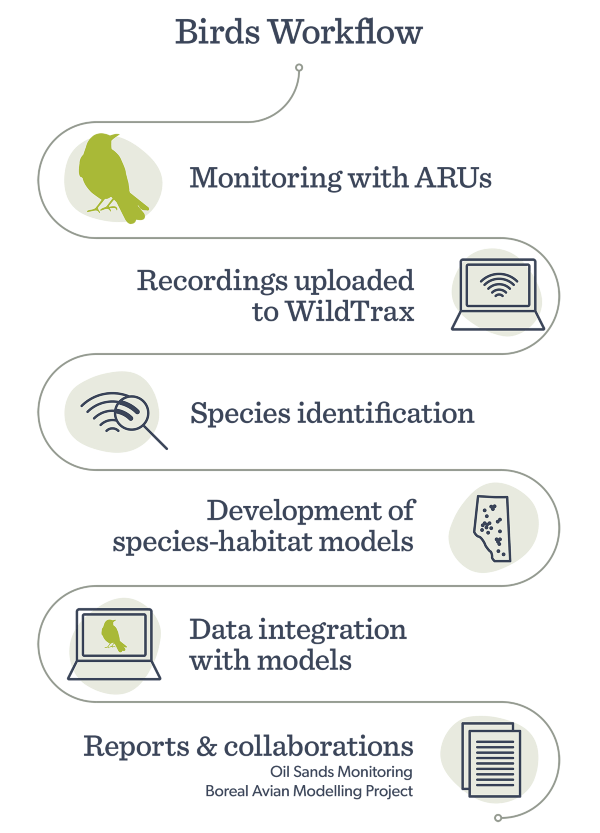
In this pilot project, we developed a dataset called HydroPatterns that maps open surface water dynamics over both space and time.
BERA focuses on understanding the effects of industrial disturbance on natural ecosystem dynamics in the boreal forest, and developing strategies for restoring disturbed landscapes in a system that is under pressure from climate change.
Learn more about birds and individual bird species in Alberta and why they are important to monitor on ABMI's Biodiversity Browser.
